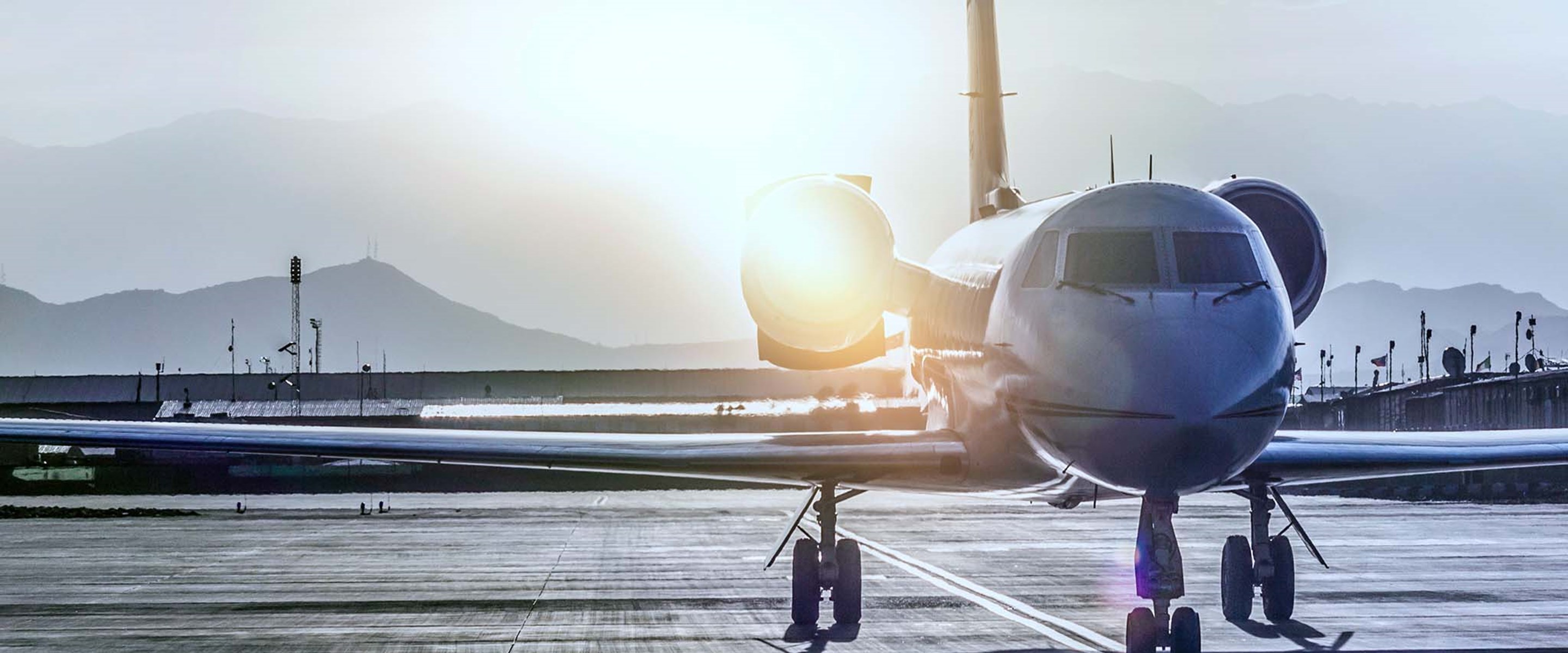Despite uncertainties surrounding commercial aerospace since the start of the COVID-19 pandemic, seller and buyer interest in the sector remains strong. We explore key valuation drivers in the current M&A environment.
Key takeaways:
- As commercial aerospace companies gradually recover from COVID-19, the sector’s highly fragmented supply chain is likely to see a new wave of consolidation. Opportunistic suppliers and private equity sponsors are increasingly active in the market, seeking to strategically enhance their portfolios with businesses that are well positioned to benefit from the post-pandemic rebound.
- Although discretionary air travel and business travel are nowhere near their pre-pandemic levels, there are reasons for optimism. Overall passenger demand is expected to increase significantly in the coming months, and the global aircraft fleet is expected to more than double over the next two decades.
- General aviation, which includes all civil aviation aircraft operations with the exception of commercial air transport, has proved to be a particularly resilient sector. General aviation rebounded quickly during COVID-19, and many smaller markets have been operating above 2019 volumes as a result of several factors that are expected to persist.
- We identify four key factors that can influence buyer interest and valuations in the sector. These include the extent of a company’s intellectual property stack, customer and platform diversification, aftermarket content, and margin profile. To maximize value, sellers should be aware of how buyers view each factor.



